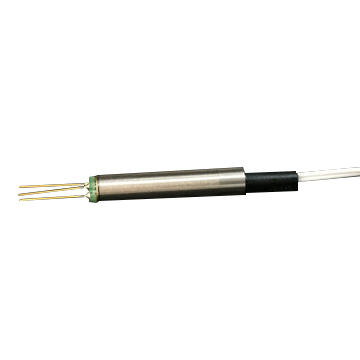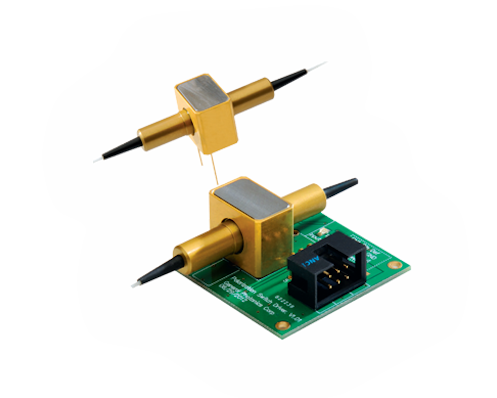Introduction to MEMS
While the widely use of micro-electro-mechanical systems (EMES) in some other industries is nothing new, its adoption for telecom applications is relatively recent.
Conventional MEMS works by reflecting the beam of light from the surface of a tiny mirror. MEMS systems have moving parts, and the speed at which the mirror moves is limited. By applying more current, the mirror can move faster, but there’s a limit to how much current can be sent into the array of mirrors. If this weren’t bad enough, it seems that the speed and angular displacement terms in the calculation of the required current have integer powers of around 4 or 5, and so the bottom line is that we have to put a lot of current into the array for a small improvement in speed. By changing the mirror design so that the angle through which light is bent is smaller, it’s possible to achieve faster switching speeds. This technique is known as “fast MEMS.”
Conventional MEMS works by reflecting the beam of light from the surface of a tiny mirror. MEMS systems have moving parts, and the speed at which the mirror moves is limited. By applying more current, the mirror can move faster, but there’s a limit to how much current can be sent into the array of mirrors. If this weren’t bad enough, it seems that the speed and angular displacement terms in the calculation of the required current have integer powers of around 4 or 5, and so the bottom line is that we have to put a lot of current into the array for a small improvement in speed. By changing the mirror design so that the angle through which light is bent is smaller, it’s possible to achieve faster switching speeds. This technique is known as “fast MEMS.”
Latest Posts
-

Mechanical Optical Switch is a powerful tool to improve network performance
-

Advantages of High Quality Large Port Optical Switch
-

MEMS OPTICAL SWITCH core components of optical communication networks
-

Solid-state fiber optic switches are a new choice for optical networks
-
Solid-State Variable Fiber Optical Time Delay(SSOTD)



